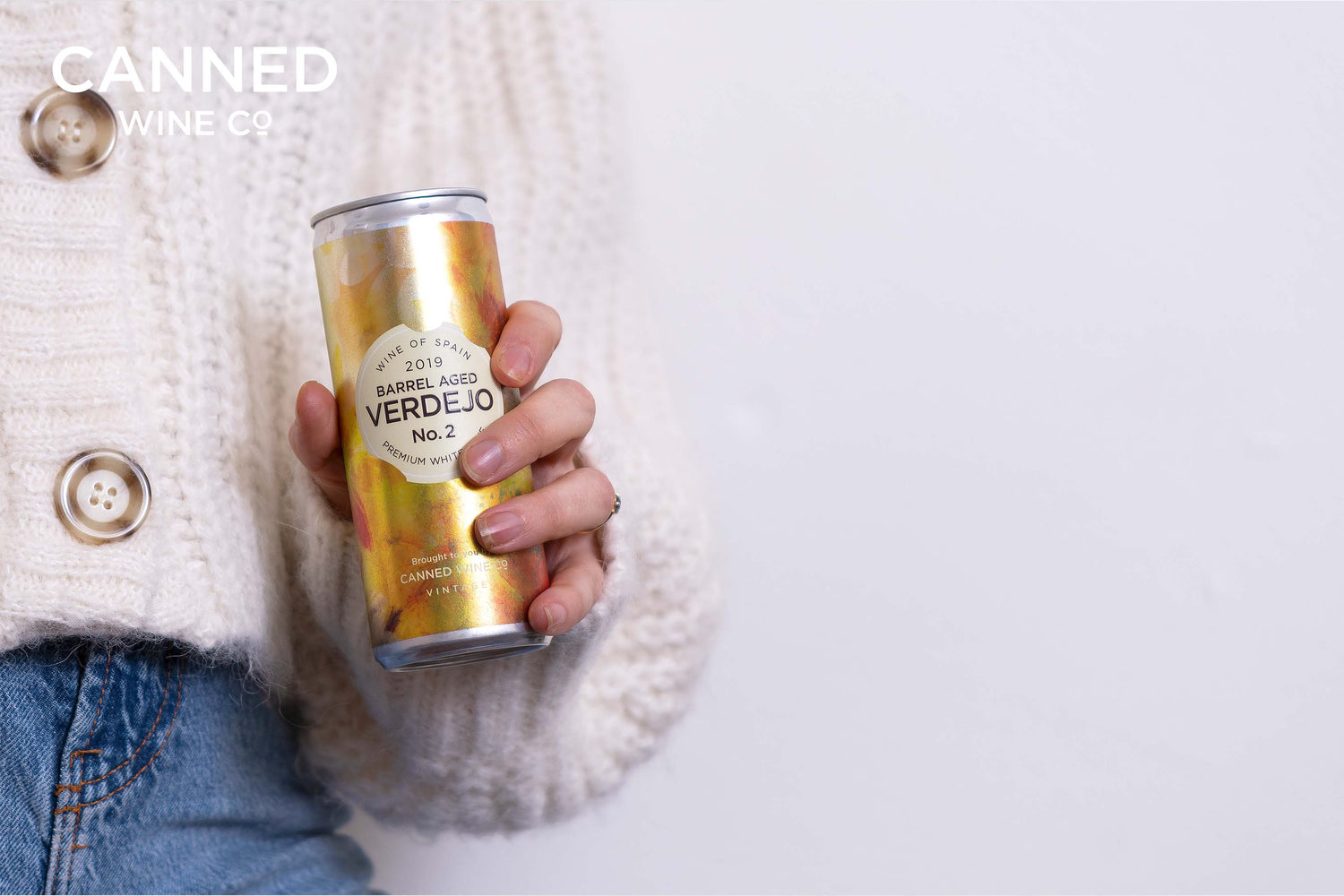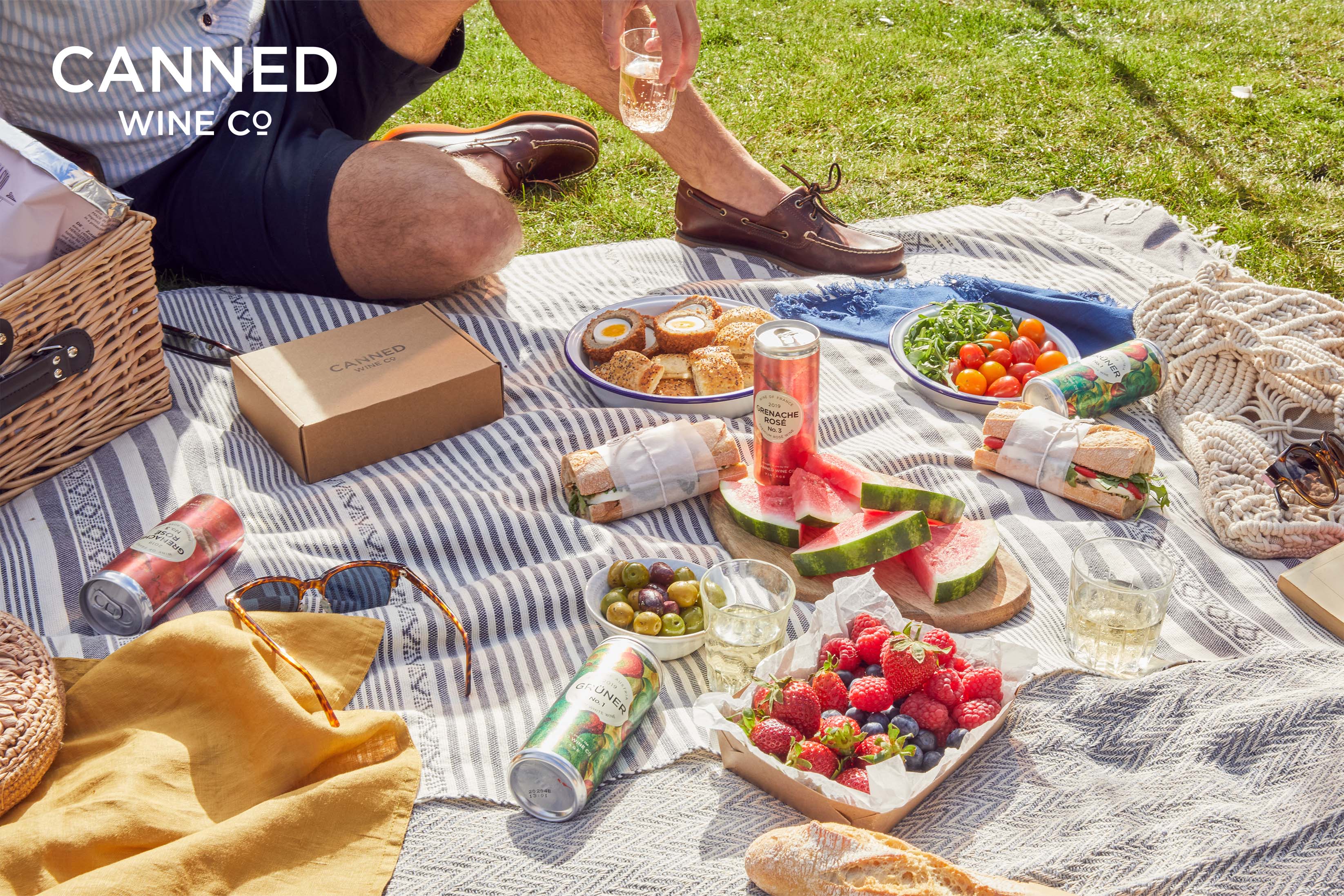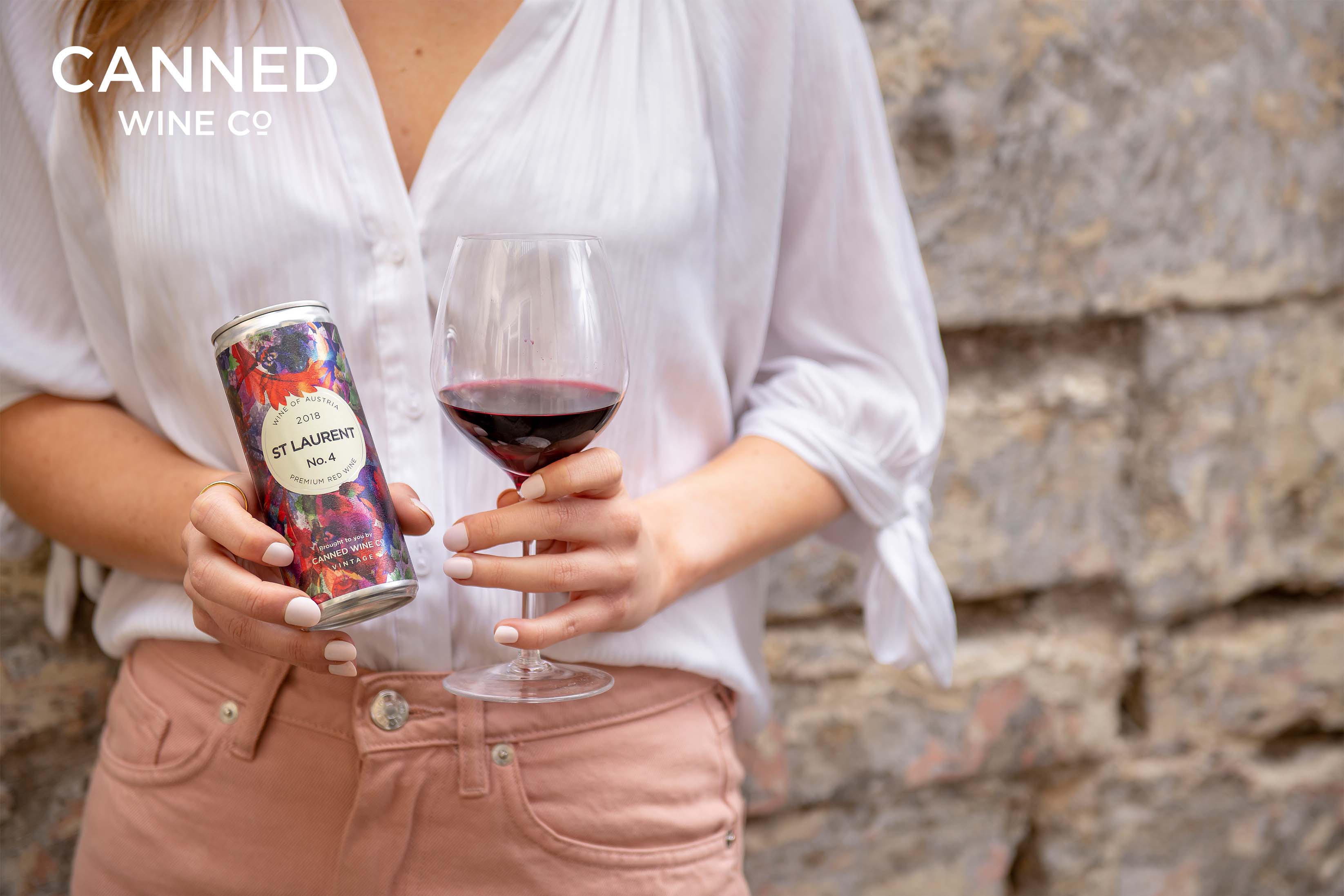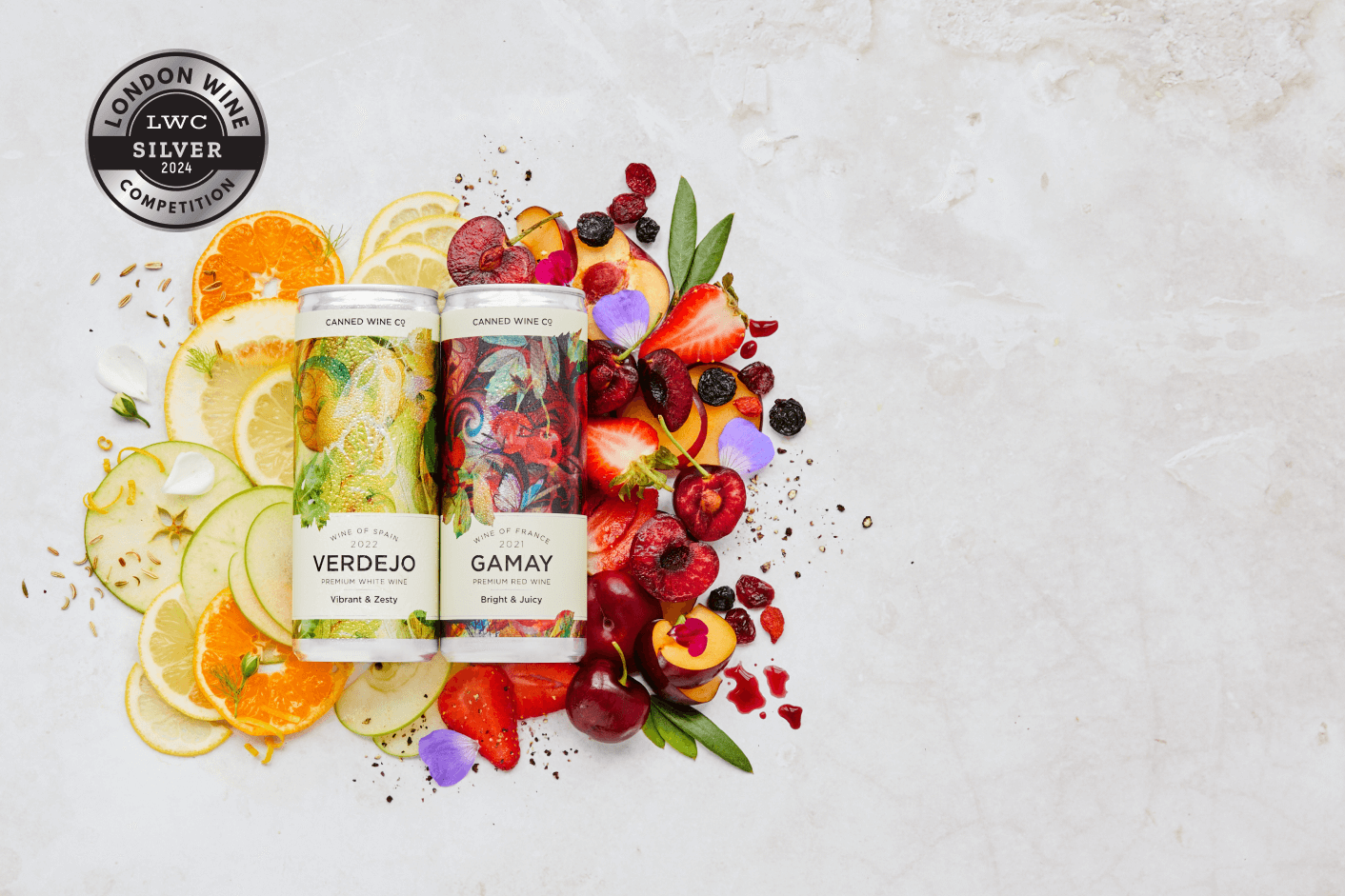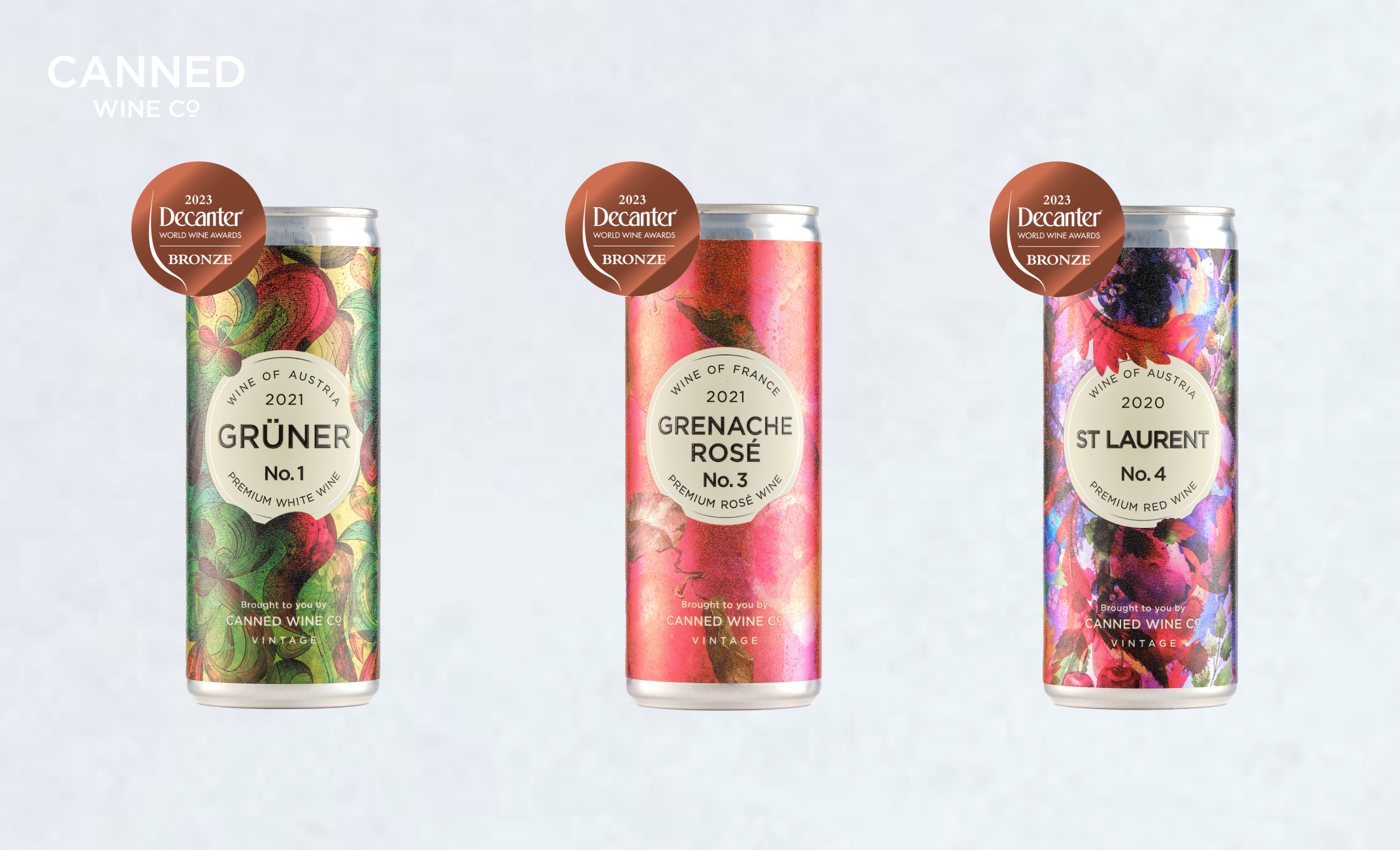Verdejo is grown almost exclusively in Spain and has achieved international acclaim in Rueda, a small wine-growing region in Castile y León. We have launched our own barrel fermented and aged Verdejo in can, but let’s find out more about this rare and delicious variety.

The region of Rueda sits northwest of Madrid near the capital of Castile y Leon, Valladolid. The higher altitude tempers against the hot sunshine, offering cooler temperatures and making the area a hotspot for growing delicious white wines. Once the domain of the Palomino variety, Rueda is today famous for Verdejo and that grape has become the most planted in the Rueda DO, as well as in the wider Castile y Leon.
Sandy and alluvial soils in the area force the vines to deep-root into the clay and high lime content subsoils. It is in these soils where moisture and nutrients are retained so that the vines thrive and produce concentrated, flavourful fruit. Yields here are permitted to be up to 8,000 kg/ha but in practice they are much lower, sometimes as low as 2,000 kg/ha. This means that Rueda is very much a place for quality over quantity.
According to the Consejo Regulador Denominación de Origen Rueda, who look after the local DO, Verdejo originates from North Africa but came to the region in around the 11th century. It was pioneered in the 1970s particularly by Marques de Riscal and French oenologist Emile Peynaud. Over the next 50 years it would develop into the star grape of Rueda and put it on the wine map as one of Spain’s most important regions.
From Rueda to the can: working with Javier Sanz
For our Verdejo we stepped outside of the box. It started as a passion project when our head wine buyer Ben tasted Javier Sanz Malcorta during a Tim Atkin MW wine tasting class on his favourite Spanish wines. Ben fell in love with the wine, it was fresh and textured with a tidal wave of citrussy lemon that left his mouth watering for a long time.
Ben immediately phoned up the winery to discuss canning something special from them. The Sanz family have been producing wines in the Rueda in Spain for over 150 years and today its managed by the 4th generation winemaker Javier Sanz, who oversees 104 hectares including a pre-phylloxera vineyard called El Pago de Saltamontes. His winery is ultra modern and pristine – as well as being sizeable in scale – and topped with his name. There is a pride to what he achieves there – and with good reason, the wines are superb.

The wine we worked to make with the Sanz family is our Barrel Aged Verdejo. A new No. 2 in style, it’s ripe and velvety. Verdejo is ordinarily fresh and citrussy, but this barrel version balanced that freshness with a deep complexity from the wood and a gentle oxidation, adding more tangerine citrus and stone fruits. It does something genuinely interesting and it was a pleasure to capture that flavour in our new can.
You’ll like Verdejo if you like…
Traditionally Verdejo is similar to Sauvignon Blanc and Pinot Gris. It’s fresh in style with a melody of lime, lemon and grapefruit citrus over grassy and herbaceous notes. It is pure summer drinking.
In our unique take of Verdejo wit Javier Sanz, we fell in love with a barrel aged version that is more textural. Its sweeter tangerine citrus and Mediterranean stone fruits bring it closer to the worlds of Greco or Fiano and other central Italian white wines. You will probably also like it if you drink White Rioja, or Sauvignon Fume wines.
The wine is still packed with freshness but there’s complexity there to, making it a versatile partner with food.
What to eat with our Canned Wine Co. No. 2 Verdejo

Verdejo when it has been barrel aged doesn’t need copious chilling down. Instead aim to serve the wine lightly chilled. A few minutes in an ice bucket with water would do the trick if you’re having a garden party or you’re out and about. If it is left in the bucket and gets too cold, don’t panic as it can warm up a little as you sip it, changing and developing as you enjoy the can. At home, give it 30 minutes in the fridge and you’re good to go.
Pairing with meat
The Verdejo works well with different meats but it sings with pork, especially pulled and glazed before being barbecued. It will also stand up to a roast dinner with turkey and all the trimmings, or for chicken wrapped in bacon. The wine has a body that can also take on spicy salamis or a pepperoni topped pizza.
Pairing with fish
Fish eaters will find that it pairs beautifully with the dill herb, so grilled white fish with lemon, dill and piccolino tomatoes is going to be fabulous. It will also take on smoked flavours, so don’t disregard mackerel or smoked haddock.
Pairing for vegetarians
Its versatility means it can pair really well with vegetables, from grilled Mediterranean veg on the BBQ and salads with zingy vinegar dressings and hot mustard to umami notes like baked mushrooms stuffed with cheese. Again the body and texture of the wine means it will also pair well with oilier plates like a grilled aubergine, or tempura veg.
Pairing with cheese

Cheese wise, go for creamy semi-soft sheep’s cheese!
To lean more about our other grape varieties, read our blogs on Gruner, Viognier, St Laurent and Garnacha.

